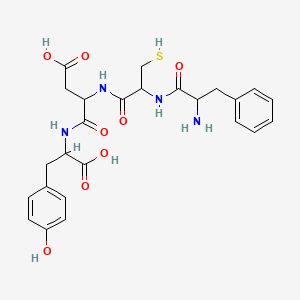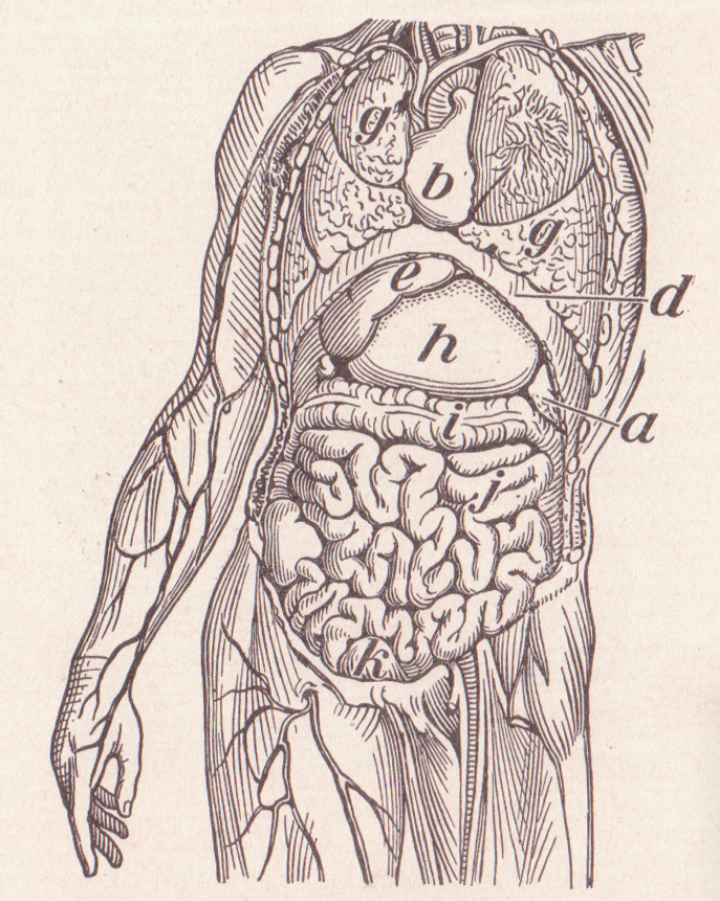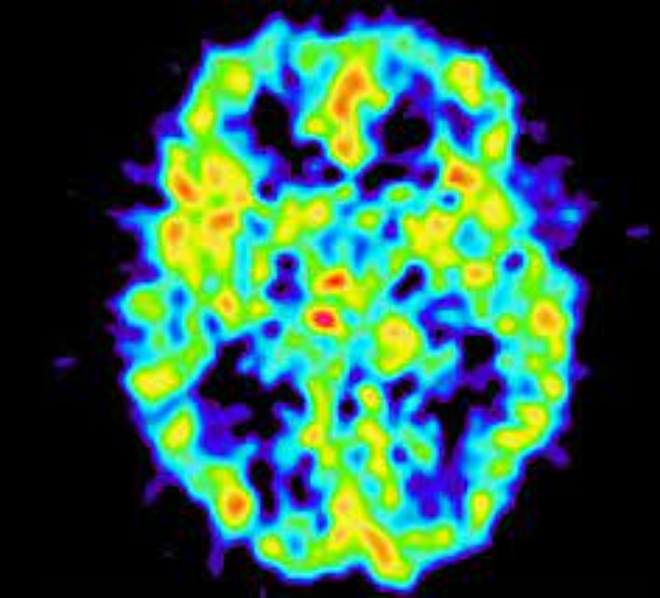|
Name: MMB-FUBICA (methyl 2-(1-(4-fluorobenzyl)-1H-indole-3-carboxamido)-3-methyl butanoate
Type: Synthetic cannabinoid
AKA: MMB-FUBICA

|
|
II. Natural Derivative
Synthetic substance, no natural derivative
 |
|
III. Chemical Profile (IUPAC name)

|
|
IV. History
Fubica is a mixture of the three major components of the drug Fubinaca which was discovered in Italy in the late 19th century by a pharmacist, Cesare Scaparro, and subsequently patented by Scaparro and C. J. Niven and Company in the USA in 1891. Fubinaca was used in the treatment of kidney diseases and was also found to have some anti-inflammatory effects. It is the active ingredient in Fubinaca which is used for the treatment of arthritis and other inflammatory conditions.
Methyl 2 (1 (4 fluorobenzyl) 1h indole 3 carboxamido) 3 methyl butanoate (mmb fubica) is an experimental drug. It is a new molecule with the structure of methyl 2 (1 (4 fluorobenzyl) 1h indole 3 carboxamido) 3 methyl butanoate. The compound was discovered in the laboratory of Professor Mario Z

|
|
V. Legal Information
MMB-FUBICA is a synthetic cannabinoid with high abuse potential. It is controlled under the Federal Analog Act in the U.S. due to its similarity to other cannabinoids. Internationally, it is increasingly regulated to prevent misuse and manage synthetic cannabinoid abuse. [Source: UNODC].
US Federal Schedule - I
Schedule I drugs, substances, or chemicals are defined as drugs with no currently accepted medical use and a high potential for abuse. Some examples of Schedule I drugs are: heroin, lysergic acid diethylamide (LSD), marijuana (cannabis), 3,4-methylenedioxymethamphetamine (ecstasy), methaqualone, and peyote.
Key US Federal Policies:
Controlled Substances Act. Public Law: Public Law 91-513 (text can be found on GovInfo) (https://www.dea.gov/drug-information/csa). Date enacted: October 27, 1970.
|
|
VI. Physical Effects
MMB-FUBICA is a synthetic cannabinoid with psychoactive effects. It acts as an upper, causing euphoria and altered perception. Short-term use can lead to intense psychoactive effects, but long-term health impacts are not well-documented. Overdose risks are not fully understood but may include severe psychological effects. Safe use requires caution due to limited research on its long-term effects. Recent studies are investigating its potency and potential health risks.  |
|
VII. Psychological Effects
MMB-FUBICA, a synthetic cannabinoid, affects CB1 receptors, causing euphoria and altered perception. Immediate effects include mood enhancement and cognitive impairment, lasting several hours. Long-term use can lead to psychological issues such as anxiety and cognitive decline. Research indicates significant mental health risks with chronic use, including potential for severe mood disturbances and psychosis.
 |
|
VIII. Culture
MMB-FUBICA is a synthetic cannabinoid mimicking THC effects, classifying it as a downer. Short-term use induces euphoria, relaxation, and altered perception, while long-term use may lead to cognitive impairment and psychological dependence. Overdose can result in severe anxiety, hallucinations, and cardiovascular issues. Safe dosages are not well-established, with lower doses advised. Recent research highlights its abuse potential and health risks. Physical signs include red eyes, dry mouth, and altered mental state.
 |
